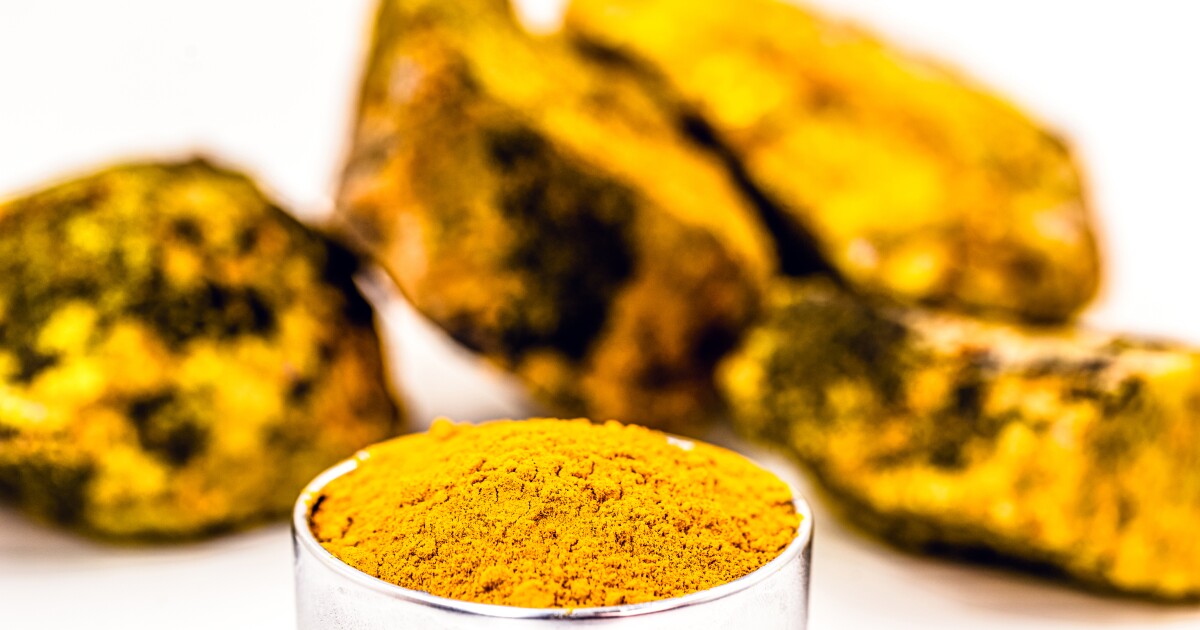Since the 1960s, researchers have been turning to an unlikely harvesting ground for uranium: the world’s oceans. Now, an Australian-led team has moved the prospect of sea-based uranium harvesting another step forward with a cheap and easy-to-make material.
As the planet begins its slow move away from carbon-based fuel sources, alternative energies are coming to the fore. While solar, wind, and hydroelectric technologies tend to steal the spotlight in this arena, nuclear energy is still a mighty contender. In fact, in 2017, it contributed to about 10% of the world’s energy production and in 2022, 8 GW of new nuclear power joined the global grid.
Key to nuclear power generation is uranium, an element that is only found on land in a few countries, where underground supplies will continue to diminish as nuclear power plants proliferate. Not so with the underwater supply, however. It is estimated that there are about 4.5 billion tonnes of the element in the world’s oceans, compared to just about six million on land. That’s enough to generate power planet-wide for thousands of years.
Retrieving all that uranium has proven tricky though, as it is present in seawater in extremely small concentrations.
Scientists at Oak Ridge National Laboratory saw early success with fibers doped with amidoxime chemical groups, which have an affinity for uranium. Researchers at Stanford later added electricity to the fibers, and were able to harvest even more of the radioactive element. More recently, the Pacific Northwest National Laboratory was able to pull five grams of yellowcake – a powdered form of uranium – out of seawater with a specialized type of acrylic yarn. Casting a narrow net
Still, these methods fall short of harvesting uranium on the industrial scale that would be necessary to fuel nuclear plants around the world. And trying to find a material that can grab uranium without netting other sea-based elements has been a challenge.
Seeking to overcome these difficulties, researchers from the Australian Nuclear Science and Technology Organisation (ANSTO), the University of New South Wales, and other colleagues turned to layered double hydroxides (LDH). These relatively easy-to-make materials consist of layers of positively and negatively charged ions. The team doped these LDHs with various chemicals including neodymium, terbium, and europium, soaked them in seawater, and analyzed the results using intensive imaging from X-ray adsorption spectroscopy.
The researchers found that when neodymium was combined with LDHs, the resulting compound was able to grab uranium from seawater over 10 other more abundant elements. These include sodium, calcium, magnesium and potassium, which are present in quantities that are about 400 times greater than that of the uranium. According to the researchers, this selectivity, along with the low cost of producing the doped LDH material should go a long way toward making the large-scale harvesting of uranium from seawater a greater likelihood.
“These findings indicate that dopant engineering of LDHs provides a simple, effective method for controlling selectivity and producing adsorbents capable of challenging separations such as uranium extraction from seawater,” wrote the researchers in the study, which has been published as a cover story in the journal Energy Advances.
This could be huge! Uranium from seawater could power humanity with the current technology for millennia and hundreds of millions of years (essentially forever) using breeder reactors. It would be great if we could use this on a commercial level.
God I hope this can be made to work. OTOH, there isn’t exactly a shortage of U238. It’s a pain to boil down, but it doesn’t take much.
I was dictator of the world, I’d go all in on nuclear.
dictator of the world
Lol, you’re the first part
use this on a commercial level
Nah not commercially viable, I’m afraid we’ll all just have to make do with what is making a profit now.
Things always start not commercially viable, then they get optimizations.
Yes, commercially viable. That means you have to pay for it if/when you take it to production.
“But I want it for FREE!”
OK, you go work on it for free. I need my lawn mowed. Expect no remuneration. You’re doing a community service.
“NOOO! The government has infinite monies!”
Looks like governments and universities are already on it.
Oak Ridge National Laboratory
Pacific Northwest National Laboratory
Australian Nuclear Science and Technology Organization
University of New South Wales
and other colleagues
“Nooo! I want private enterprise to take up experimental research for FREE!!”
Uh, isn’t that why our taxes fund such government orgs and university grants? I thought we wanted such things funded and have them take experimental risks, not dependent on private enterprise to decide their value?
“Not like that! Capitalism BAD!”
People like you are why we can’t have nice things. Companies take all the good experimental research for peanuts. Do you think sewage and waterworks were commercially viable, whatever the fuck that means in your head. In England they happened because the aristocrats started getting dysentery instead of just the peasants. When the shit hits the fan with climate collapse, you’ll fucking work for free for your masters or have your head smashed in. Twat.




